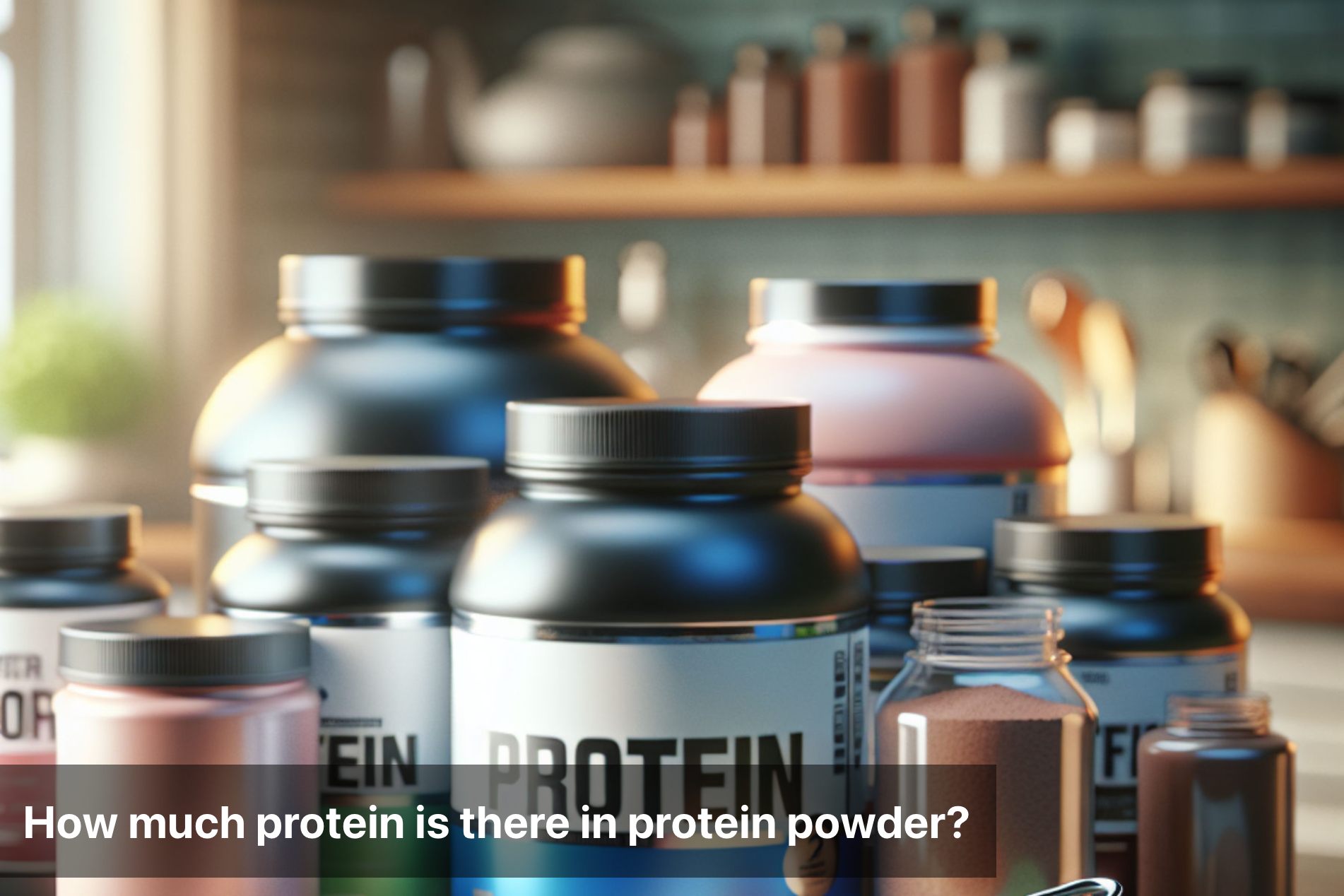
How much protein is there in protein powder?
Protein powder has become a staple in the fitness world, playing a crucial role in enhancing muscle building and promoting overall health. As a fitness enthusiast, understanding the significance of protein in protein powder is key to achieving your health goals.
Protein is often referred to as the building block of muscles, essential for muscle repair and growth after workouts. Additionally, protein plays a vital role in various bodily functions, including immune system support and hormone production. By incorporating protein powder into your diet, you can conveniently boost your protein intake to support muscle recovery and development.
Moreover, protein powder offers a convenient and efficient way to ensure that you are meeting your daily protein requirements, especially for individuals with active lifestyles or those following specific dietary plans. Whether you are aiming to increase muscle mass or simply maintain a balanced diet, protein powder can be a valuable addition to your daily nutrition regimen.

Types of Protein in Protein Powder
Protein powders are a popular choice for supplementing protein intake, with various types available in the market.
One common type is whey protein, derived from milk during the cheese-making process. Whey protein is known for its high protein content and fast absorption rate, making it an ideal post-workout option for muscle recovery.
Another type to consider is casein protein, which is also derived from milk but differs in absorption rate from whey. Casein is a slow-digesting protein, making it suitable for consumption before bedtime to support muscle repair and growth throughout the night.
For plant-based options, soy protein and pea protein are excellent choices. Soy protein is derived from soybeans and is a complete protein source, containing all essential amino acids. On the other hand, pea protein is a hypoallergenic option with high digestibility and is suitable for individuals with soy or dairy allergies.
When selecting a protein powder, it's essential to understand the differences in protein content and absorption rates among these types. Consider your fitness goals and dietary preferences to choose the protein powder that best aligns with your needs. Experimenting with different types can help determine which one works best for your body and lifestyle.
How Much Protein is in Protein Powder?
Protein Type |
Protein Content per Serving |
|---|---|
Soy Protein |
20-25 grams |
Pea Protein |
20-25 grams |
Casein Protein |
20-30 grams |
20-30 grams |
Factors Affecting Protein Content in Protein Powder
Type of Protein: Different types of protein powders have varying protein concentrations. For example, whey protein isolate typically has a higher protein content compared to whey protein concentrate.
Processing Method: The method used to extract and process the protein from its source can impact its concentration. For instance, protein isolates generally undergo more processing to remove fats and carbohydrates, resulting in a higher protein content.
Quality of Ingredients: The quality of the raw ingredients used in the protein powder can affect its protein content. Higher quality ingredients may result in a higher concentration of protein.
Added Ingredients: Some protein powders may contain additional ingredients such as flavorings, sweeteners, or thickeners, which can affect the overall protein content per serving.
Serving Size: The serving size specified on the packaging will determine the amount of protein you're consuming per serving. Be sure to check the serving size to accurately calculate your protein intake.
Batch Variability: There may be slight variations in protein content between batches of the same protein powder due to factors like manufacturing processes and ingredient sourcing.
Protein Blend: Some protein powders contain a blend of different types of protein sources (e.g., whey protein, casein, soy protein). The protein content in these blends may vary depending on the proportions of each type of protein used.
Storage and Handling: Improper storage or handling of protein powder can affect its quality and protein content over time. Storing the powder in a cool, dry place and sealing it tightly after each use can help preserve its protein content.

Demystifying Protein Content: Protein Powder Essentials
Understanding the protein content in protein powder is essential for maximizing its benefits in your fitness journey. Throughout this blog post, we delved into the significance of protein in muscle building and overall health, highlighting how different types of protein powders - like whey, casein, soy, and pea protein - vary in protein content and absorption rates.
When deciding on a protein powder, it's crucial to pay attention to the protein content per serving and carefully read nutrition labels. This ensures that you are meeting your daily protein requirements effectively. Factors affecting protein content, such as manufacturing processes and ingredient quality, influence the overall quality of the protein powder you choose.
By aligning your choice of protein powder with your fitness goals and dietary needs, you can optimize your workouts and support muscle recovery and growth. Selecting a high-quality protein powder that suits your preferences can make a significant difference in achieving your desired results in a sustainable manner. Remember, the right protein powder can be a valuable asset in your fitness arsenal.
This Blog post is an initiative by Lo! Foods, to provide accurate and Nutritionist / Doctor approved information related to Health. Lo! Foods is India's leading brand for Everyday Functional Foods. Foods designed for specific Health conditions or Needs. Lo! Foods also runs India's largest range of Low Carb Healthy Cloud Kitchens, under the brand names of Lo!, ProteinChef, ATH (All Things Healthy) and DiabeSmart.



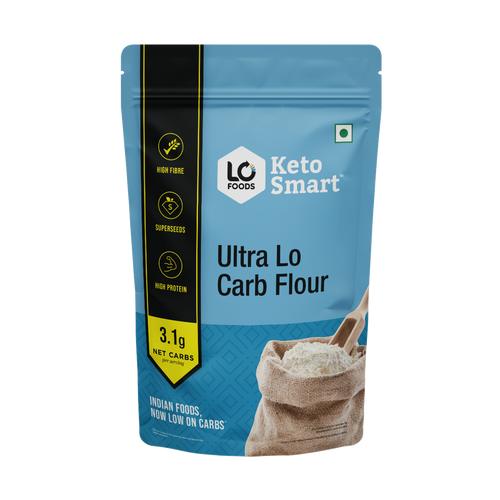
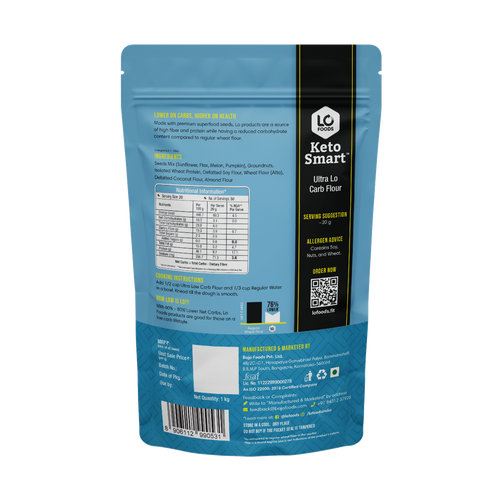

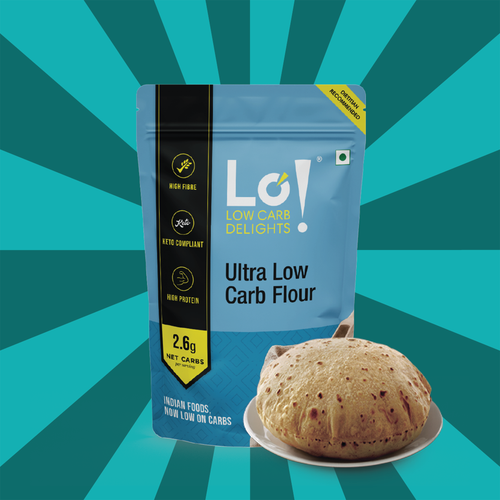


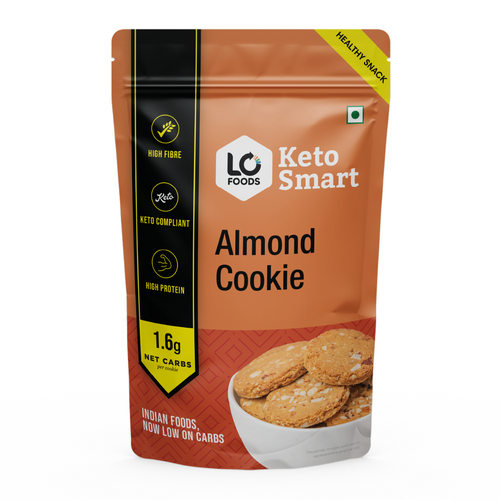





Leave a comment
Your email address will not be published.